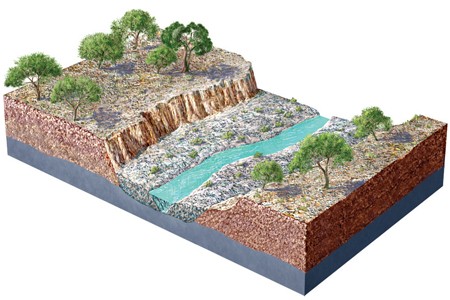What international treaties govern Antarctica and Outer Space?
What will be an ideal response?
Answer: The international treaty governing the treatment of Antarctica is referred to as the Antarctic Treaty of 1959. The treaty sets aside the territorial claims already made on the continent up to that point. It also bars states from laying new claims to territory in Antarctica. There is no native population and the only dwellings are scientific stations staffed by researchers who are not permanent residents. Experts have suggested that the treaty might be abandoned if valuable resources were located under the melting ice.
Like the principles underlying the Antarctic Treaty, the 1967 Outer Space Treaty limits states' exclusive use of outer space and celestial objects, including the Moon. Besides barring claims of sovereignty, the treaty bans nuclear weapons in outer space, although conventional weapons are allowed. It shares with the Antarctic Treaty an emphasis on scientific exploration for the good of humanity. The extensive use of Earth's orbital zone for military and commercial use has led to problems of space debris that can damage other spacecraft. The treaty holds states responsible for damage done by their spacecraft.
You might also like to view...
Locate and identify by name a prominent esker on the map:
A sinuously curving, narrow ridge of coarse sand and gravel is called an esker. Eskers form along the channel of a meltwater stream that flows beneath a glacier, in an ice tunnel, or between ice walls beneath the glacier. As a glacier retreats, the steep-sided esker is left behind in a pattern roughly parallel to the path of the glacier.
When two tectonic plates converge, one plate is subducted. This means that
A. one plate is forced to slide alongside the other in the same direction. B. one plate is forced to slide alongside the other in the opposite direction. C. one plate is forced over the other. D. one plate is forced beneath the other.
Instructions: Choose one answer from each pair of selections. Dew is more likely to form on nights that are CLEAR AND CALM | CLOUDY AND WINDY
The highest surface on this figure is a river terrace. This terrace
A. formed sometime in the past. B. predates erosion down to the present level. C. is older than the modern river channel. D. All of these.